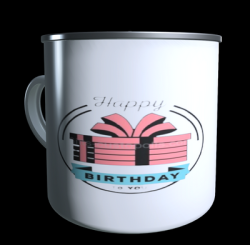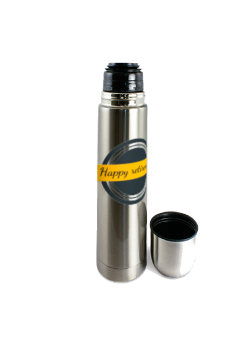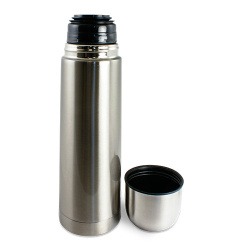Vintage mug with adult...
History of the cup The Calabrian goblet cup is slightly rounded at the base, with a slightly flared upper rim. The Etruscan cup made in 1786 for Queen Marie-Antoinette in the Rambouillet dairy. The jasmine cup, intended for chocolate: slightly flared, on a small base that serves as a pedestal, called a piédouche, it is decorated with animal claws and has rolled handles that are higher than the cup. The duck cup is small and is used to dip a sugar cube into three drops of coffee. The same name is given to the cup that bedridden patients drink from. It has a handle for the carer and a long spout that can be slipped between the patient's lips to avoid spilling the liquid. The analogy between the spout and the bird's beak led to the name "duck". The duck was mainly made of earthenware until the end of the 20th century, when this material was replaced by plastic. The filter or herbal tea cup is large and has a built-in filter. The broth cup is wide and flared, with a lid and two side handles. The moustache cup, created at the end of the 19th century, is a cup with a semi-circular inner rim. The rim has a crescent-shaped opening that prevents the liquid from reaching the hair of moustached drinkers.
- Personalisable











































